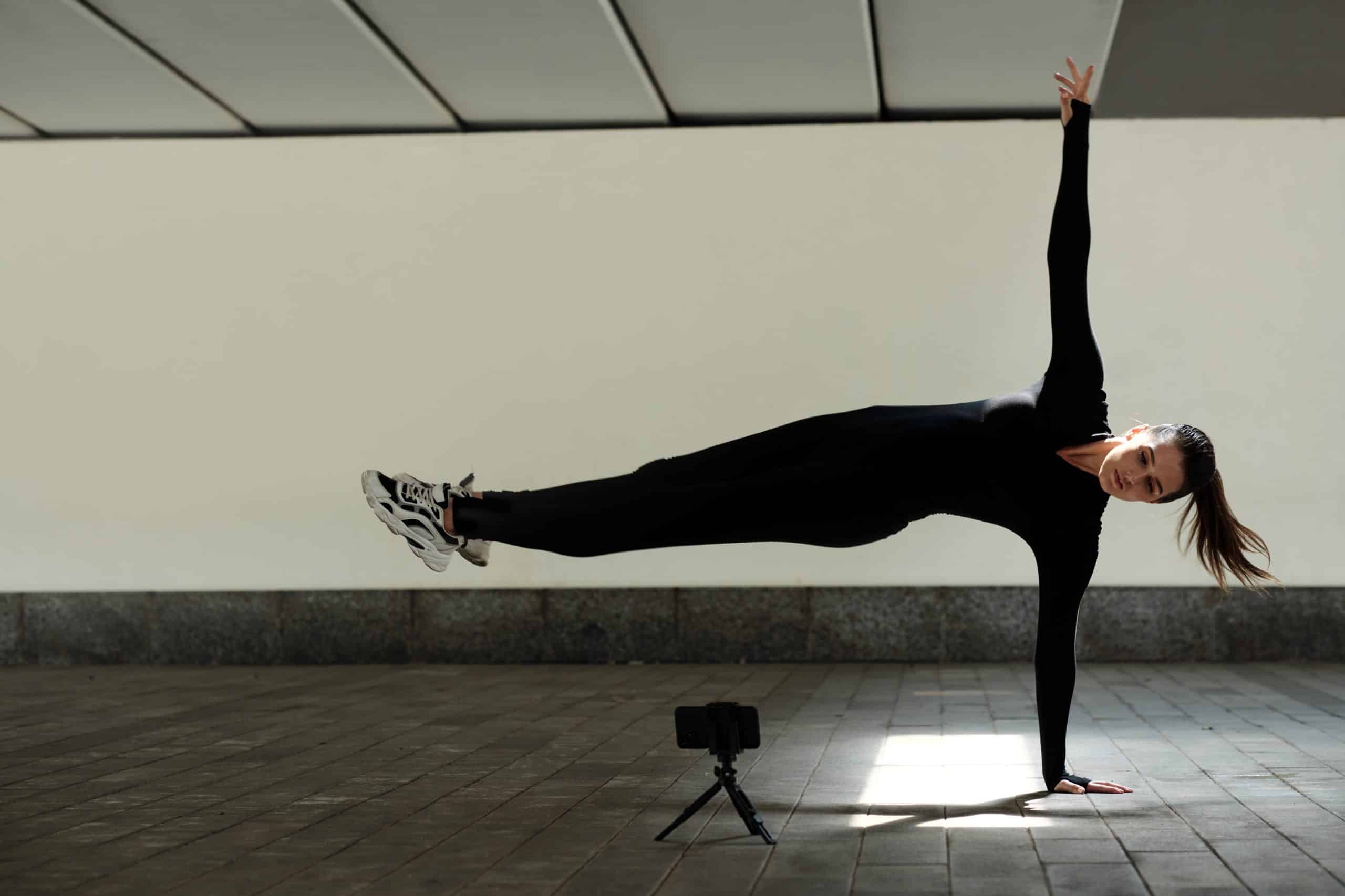What Are the Best Moisture-Wicking Blouse Fabrics for High-Pressure Presentations?

In the whirlwind world of presentations, your performance isn’t only gauged by your preparedness and eloquence, but also by your presentation itself, which includes your appearance. When you’re under intense pressure, it’s natural to perspire. If you’re attired in unsuitable fabrics, sweat can lead to visible moisture patches, affecting your comfort and drawing attention to your nerves. Luckily, moisture-wicking fabrics can assist you in maintaining a cool, confident appearance.
The Science of Moisture-Wicking Fabrics
Before delving into the best blouse fabrics, it’s crucial to understand the mechanism behind moisture-wicking materials. These are specifically engineered fabrics that transport sweat away from your skin to the fabric’s surface, where it can evaporate.
A voir aussi : What Are the Most Effective Ways to Wear a Silk Bomber Jacket to the Office?
Moisture-wicking fabrics are typically composed of high-tech polyester, nylon or merino wool, and contain unique fibers with special properties. These fibers have a large surface area and are designed to readily absorb water. However, unlike traditional fabrics that retain moisture, wicking fibers swiftly move the moisture to the fabric’s exterior, where it spreads out and evaporates. This process helps you stay dry and comfortable, even under intense heat or pressure.
The Merits of Polyester
Polyester is a popular choice for moisture-wicking materials. This man-made fabric is incredibly durable, lightweight and breathable. It doesn’t absorb water like cotton does; instead, it repels it, allowing moisture to sit on its surface for quick evaporation.
A découvrir également : How to Select the Ideal Culotte Pants for a Modern Twist on Classic Workwear?
Polyester blouses are ideal for high-pressure presentations because of their ability to resist wrinkles. The material maintains its shape even after long hours of wear. Furthermore, polyester is easy to care for, making it an excellent choice for busy professionals. It doesn’t shrink or stretch out, and most stains can be easily removed from its surface.
The Natural Wicking Power of Merino Wool
While polyester and nylon are powerful wicking materials, merino wool offers a natural alternative. Merino, a type of wool derived from Merino sheep, is renowned for its exceptional thermal and moisture-wicking properties.
Merino wool fibers can absorb up to 30% of their weight in water. However, unlike other fibers, Merino wool doesn’t feel wet or heavy when it’s saturated. Instead, it continues to wick moisture away from your skin, keeping you dry even when you’re sweating profusely.
Merino wool blouses are incredibly comfortable, and they also regulate body temperature effectively, keeping you cool when it’s hot and warm when it’s cold. This adaptability makes them ideal for presentations under varying environmental conditions.
Nylon: A Winning Combination of Durability and Comfort
Nylon is another synthetic fiber with superior wicking capabilities. Like polyester, nylon doesn’t absorb moisture; instead, it pushes it to the fabric’s surface for quick evaporation, keeping you dry and comfortable.
What sets nylon apart, however, is its amazing durability. Nylon is resistant to abrasion, mildew, and many chemicals, making it a hard-wearing choice for high-stake presentations. It’s also extremely flexible, which means your blouse will retain its shape and won’t crease or wrinkle easily.
Blending Fabrics for Enhanced Performance
While polyester, merino wool, and nylon all have excellent moisture-wicking properties, sometimes the best results come from a blend of fabrics. Combining different materials can enhance the performance characteristics of a blouse, providing superior comfort, breathability, and durability.
For example, a blend of polyester and nylon can result in a fabric that’s lightweight, highly durable and excellent at moisture management. Similarly, a blend of merino wool and nylon can offer the natural wicking capabilities of wool with the enhanced durability of nylon.
Choosing the right fabric for your presentation blouse is no small feat. It can mean the difference between a confident, professional appearance and a stressful, uncomfortable experience. By opting for fabrics that offer moisture-wicking properties, you’re investing in your comfort, confidence, and ultimately, your success. Whether you choose a synthetic fabric like polyester or nylon, a natural fabric like merino wool, or a blend, you’ll be setting the stage for a powerful, poised presentation.
Advanced Moisture Management: Arc’teryx and Patagonia Capilene
High-tech clothing manufacturers such as Arc’teryx and Patagonia have harnessed the power of moisture management properties to create garments that are not only sweat-proof but also quick-drying. Arc’teryx, for instance, uses hybrid constructions that combine different fabrics to maximize comfort and performance.
Their pieces often feature polyester, nylon, and merino wool in various combinations to take advantage of each material’s benefits. For example, they might use a polyester-nylon blend for the outer layer to ensure durability and fast drying rate, and merino wool for the inner layer to provide comfort and natural moisture management.
Patagonia, on the other hand, uses Capilene polyester for its range of sun shirts. Capilene is a specialized form of polyester that is designed to offer superior wicking, breathability, and quick-drying capabilities. What makes Capilene stand out is its high vapour permeability, allowing sweat to evaporate quickly to keep you dry and cool throughout your presentation.
Waterproof Breathable Fabrics: Taking Moisture-Wicking to the Next Level
Although moisture-wicking is an important aspect of presentation attire, you may also want to consider waterproof breathable fabrics. These materials, such as Gore-Tex and eVent, are designed to repel water from the outside while allowing water vapour (sweat) from your body to escape.
This feature makes them ideal for high-output activities or presentations under humid conditions. Waterproof breathable fabrics work by having a membrane with microscopic pores that are large enough to allow water vapour to escape but small enough to prevent water droplets from penetrating.
Arc’teryx and Patagonia, among other high-end brands, incorporate waterproof breathable materials into their designs. For instance, Arc’teryx’s Ridge Merino line features blouses with a merino wool interior for comfort and moisture management and a waterproof outer layer for protection against external elements.
Conclusion: Choosing the Best Fabric for Your Needs
As we’ve seen, there’s a wide range of moisture-wicking materials available – from synthetic fabrics like polyester and nylon to natural materials like merino wool, and even sophisticated fabric blends and waterproof breathable fabrics.
Consider the conditions under which you’ll be presenting and your personal comfort preferences when selecting your blouse. For instance, if you’re presenting in a humid environment, a waterproof breathable fabric might be ideal. If you’re more concerned about comfort and the feeling against your skin, merino wool might be your best choice.
Remember that the key to a successful presentation extends beyond your content and delivery. How you feel in your attire can significantly impact your performance. By investing in a blouse with the right moisture management properties, you can ensure that you remain dry, comfortable, and confident throughout your presentation.
Whether you opt for a high-tech blouse from Arc’teryx or Patagonia, a merino wool garment, or a fabric blend, remember that your choice of material is about more than just fashion. It’s about owning the stage with confidence and delivering a memorable presentation, no matter the pressure or heat.
